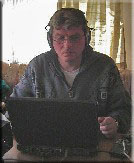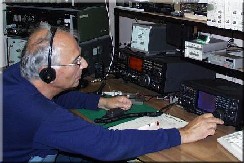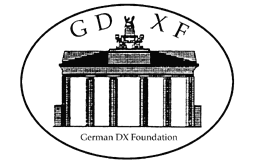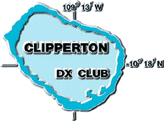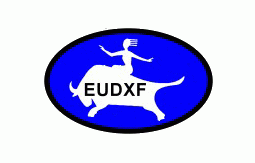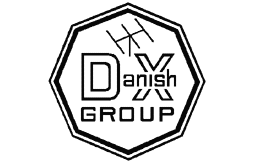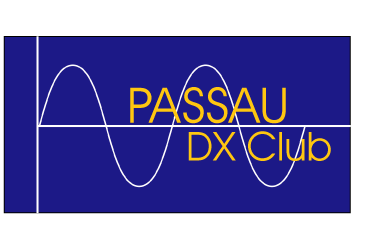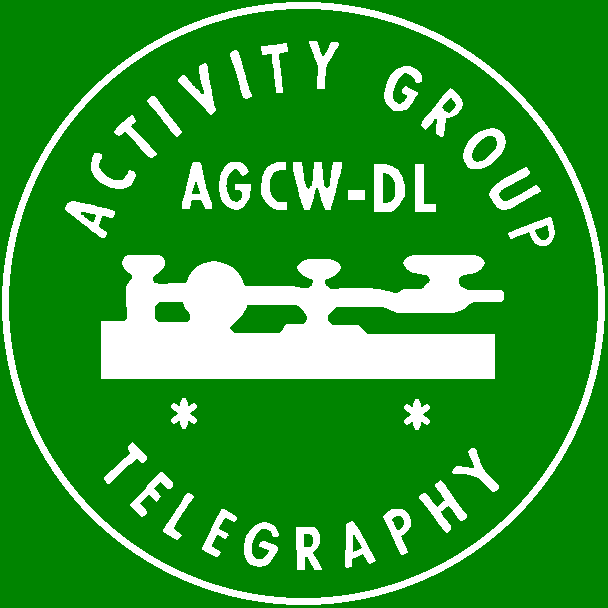3XY1D
Guinea - October/November 2011
Operation
This was our second DXpedition to Guinea. The first one took place in Oct/Nov 2002 as 3XY7C with 52480 QSOs in the log. This time we were using the call sign 3XY1D and made 53933 QSOs between Oct 18, 2011 and Nov 1, 2011. We were active with several stations on 160m through 6m on CW, SSB. One station was dedicated to RTTY, PSK31 and SSTV. Please check our News Page.


Our equipment consisted of 5 transceivers (4 x K2, 1 x IC7000), 4 x kW linears , 2 x 18m Lowband Vertical, a 2 ele vertical for 40m, a 2 ele vertical for 30m, a R7 vertical R7 40/30/20/17/15/12/10, 2 Spiderbeams for 20/17/15/12/10, a 5 ele Yagi for 6m and some Beverage antennas.
Team
Our experienced crew included:
- DK7LX, Georg
- DL4WK, Wolf
- DL7DF, Sigi
- DL7UFR, Frank
- SP3CYY, Jan
- SP3DOI, Leszek
Pilot for this DXpedition was Bernd, DF3CB
Sponsors
We would like to express our sincere thanks to all our sponsors for this DXpedition:
Individual sponsors
| Jan - DL7UFN | Marco - PE2MC | |
| Tom - DJ6TF | Jamie - W2QO | |
| Stan - KH6CG | Tony - KT0NY | |
| Bo - OZ8ABE | Clay - K7HC | |
| Andre - V51B | Marco - PE2MC | |
| Igor - RA9CMO | Kan - JA1BK | |
| Franz - DJ9ZB | Owen - K3CB | |
| Zeljko - VK6VY | Pol - ON8BV | |
| Mark - K0ABC | Masaiku - JA6CNH | |
| Philip - W8UV | Jens - DL2AJB | |
| David - N8OC | Franklin - K8FB | |
| Olaf - DK2LO | Bjorn - LA5YJ | |
| Gunter - DL2RUG | Sake - PA0SKP | |
| Rick - K8ZH |
About Guinea
 |
|
| Country name: | Republic of Guinea |
| National capital: | Conakry |
| Location: | Western Africa, bordering the North Atlantic Ocean, between Guinea-Bissau and Sierra Leone |
| Area: | total: 245,857 sq km land: 245,717 sq km water: 140 sq km |
| Land boundaries: | total: 3,399 km border countries: Cote d'Ivoire 610 km, Guinea-Bissau 386 km, Liberia 563 km, Mali 858 km, Senegal 330 km, Sierra Leone 652 km |
| Coastline: | 320 km |
| Climate: | generally hot and humid; monsoonal-type rainy season (June to November) with southwesterly winds; dry season (December to May) with northeasterly harmattan winds |
| Terrain: | generally flat coastal plain, hilly to mountainous interior |
| Natural resources: | bauxite, iron ore, diamonds, gold, uranium, hydropower, fish, salt |
| Population: | 10,601,009 (July 2011 est.) |
| Ethnic groups: | Peuhl 40%, Malinke 30%, Soussou 20%, smaller ethnic groups 10% |
| Religions: | Muslim 85%, Christian 8%, indigenous beliefs 7% |
| Languages: | French (official) note: each ethnic group has its own language |
| Independence: | 2 October 1958 (from France) |
| Economy: | Guinea is a poor country that possesses major mineral, hydropower, and agricultural resources. The country has almost half of the world's bauxite reserves and significant iron ore, gold, and diamond reserves. However, Guinea has been unable to profit from this potential, as rampant corruption, dilapidated electricity and other degraded infrastructure, and political uncertainty have drained investor confidence. In the time since a 2008 coup following the death of long-term President Lansana CONTE, international donors, including the G-8, the IMF, and the World Bank, have significantly curtailed their development programs. Throughout 2009, policies of the ruling military junta severely weakened the economy. The junta leaders spent and printed money at an accelerated rate, driving inflation and debt to perilously high levels. In early 2010, the junta collapsed and was replaced by a Transition Government, which ceded power in December 2010 to the country's first-ever democratically elected president, Alpha CONDE. International assistance and investment are expected to return to Guinea, but the levels will depend upon the ability of the new government to combat corruption and reform its banking system. IMF and World Bank programs will be especially critical as Guinea attempts to gain debt relief. Since the 2009 global economic downturn, the price and value of bauxite and alumina exports has steadily risen. Export levels will likely continue to grow as investor confidence returns. International investors have expressed keen interest in Guinea's vast iron ore reserves, which could further propel the country's growth |
| Reference: | CIA - The World Factbook -- Guinea |



